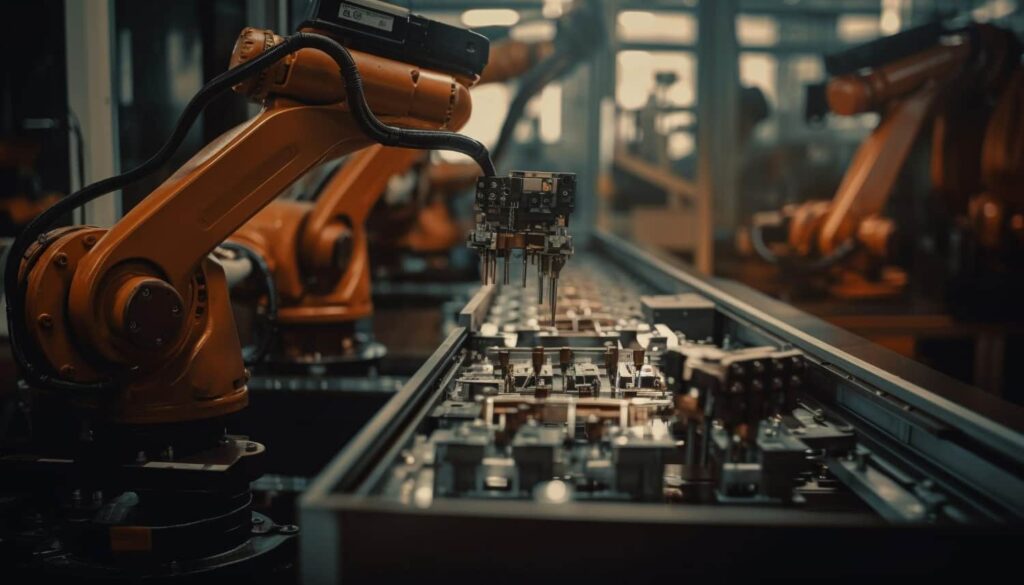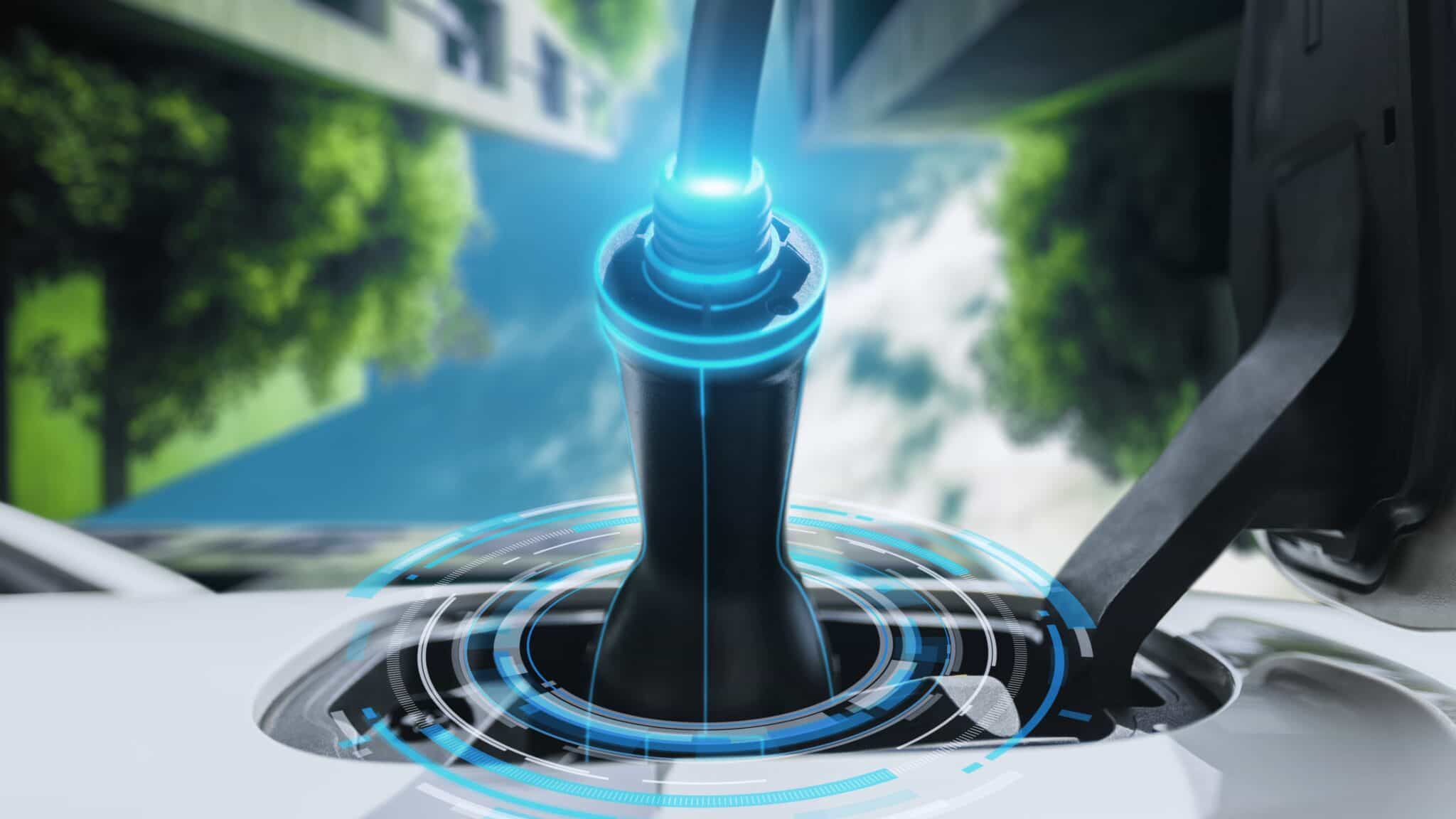Table of Contents
Lithium Ion Battery Recycling Innovations
The age of electric vehicles & renewable energy is upon us, and the humble lithium-ion battery is at its heart. These powerful energy packs have revolutionized transportation and storage, but with great advances come great challenges. As the number of lithium-ion batteries in circulation explodes, so does the issue of their end-of-life. What happens to these spent batteries?
Thankfully, the future isn’t buried in landfills. A wave of innovation is sweeping the lithium-ion battery recycling landscape, promising a circular economy where precious resources are recovered and repurposed. Renovar helps you to delve into some of this space’s most exciting technological advancements.
Moving Beyond Pyrometallurgy
The traditional method of lithium ion battery recycling – pyrometallurgy – involves shredding and incinerating them at high temperatures to extract valuable minerals like lithium, cobalt & nickel. While effective, this process comes with drawbacks. It’s energy-intensive, generates harmful emissions, and often results in incomplete recovery of materials.

Hydrometallurgy
The future lies in cleaner and more efficient methods. Hydrometallurgy is gaining traction, using liquid solutions to dissolve and selectively extract specific elements. This process offers higher purity of recovered materials, lower energy consumption & the ability to recover additional components like plastics.
Bioremediation
Enter the realm of the invisible helpers – microbes. Bioremediation harnesses the power of specialized bacteria to decompose and extract valuable metals from used batteries. Imagine microbes munching on cobalt or lithium, leaving behind a clean stream of recovered resources. This eco-friendly process is still in its early stages, but the potential for sustainable and low-impact recycling is truly exciting.

Designing for Disassembly
The future of lithium ion battery recycling starts not at the end of life but at the beginning. Manufacturers are increasingly adopting “design for disassembly” principles, creating batteries with easily separable components and standardized materials. It makes the recycling process simpler, faster, and more cost-effective, closing the loop on the battery’s life cycle.
The Promise of Solid-State
The next generation of lithium-ion batteries, with solid electrolytes replacing the traditional liquid ones, promises increased safety and performance and easier recycling. Solid-state batteries have fewer components and offer inherent stability, making them easier to process and allowing for direct reuse of certain materials.
AI and Robotics
Artificial intelligence and robotics are poised to be crucial in scaling up and streamlining the recycling process. AI can optimize sorting, identification, and disassembly tasks, while robots can perform physically demanding and hazardous operations, ensuring worker safety and efficient material recovery.

The innovation continues beyond there. Researchers are exploring plasma technology, ionic liquids, and even 3D printing to refine further and optimize the recycling process. The goal is to achieve closed-loop recycling, where used batteries become the primary source of materials for new ones, minimizing environmental impact and resource depletion.
Beyond Technology
While technological advancements are crucial, building a sustainable lithium-ion battery ecosystem requires more than innovation. Effective regulations, robust collection infrastructure, and consumer awareness are equally important. Governments can incentivize responsible recycling practices and penalize irresponsible disposal.
Investments in battery collection networks and processing facilities are essential to ensure adequate capacity for handling the growing influx of spent batteries. Consumers educated about the importance of responsible battery disposal can actively participate in closing the loop on the battery’s life cycle.
Conclusion
The lithium-ion battery boom isn’t just about powering our cars and gadgets; it’s about building a sustainable future for the earth. By embracing innovation, collaboration, and responsible practices, we can ensure that the batteries powering our progress don’t leave behind a toxic legacy. Let’s charge into a future where batteries are not just powering our lives but being responsibly recycled for generations. Contact us to build a better world.
We can create a closed-loop battery ecosystem where old batteries become the seeds for a greener future.
FAQ
What is lithium ion battery recycling technology?
Lithium ion battery recycling technology extracts valuable materials from used batteries to create new ones, reducing environmental impact.
Why is lithium ion battery recycling important?
Recycling lithium-ion batteries helps recover valuable metals, reduces resource depletion, and minimizes the environmental impact of improper disposal.
How does innovative technology improve lithium ion battery recycling?
Innovations enhance efficiency, increase recovery rates of materials like lithium, cobalt, and nickel, and introduce sustainable methods for processing.
What are the environmental benefits of advanced recycling methods?
Advanced methods minimize greenhouse gas emissions, reduce energy consumption, and decrease the ecological footprint associated with lithium-ion battery production.
How can businesses and consumers contribute to lithium-ion battery recycling efforts?
Businesses can adopt responsible disposal practices, and consumers can utilize designated recycling programs or drop-off locations to ensure proper handling of used lithium-ion batteries.


